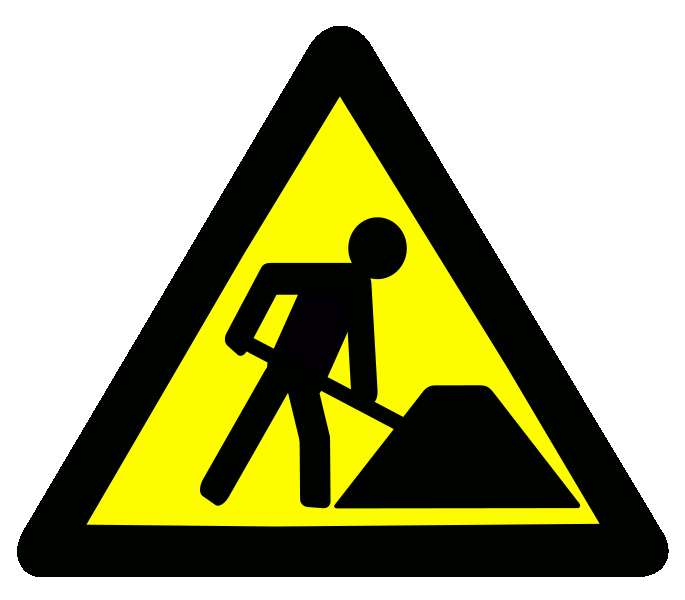Difference between revisions of "HowTo:Create Application-Specific Help"
imported>Aeric |
imported>Aeric |
||
| Line 19: | Line 19: | ||
Here, we assume that you want to display different pages, depending on the user's current location--so you'll be wiring help buttons that appear on different forms so they display different pages in the help tab. (You may even use JavaScript to go to different help pages, under different conditions.) | Here, we assume that you want to display different pages, depending on the user's current location--so you'll be wiring help buttons that appear on different forms so they display different pages in the help tab. (You may even use JavaScript to go to different help pages, under different conditions.) | ||
Of course, to open a help page in a different window, you can always use the standard HTML idiom: | Of course, to open a help page in a different window, you can always use the standard HTML idiom, where "_blank" tells the browser to open a new window: | ||
:<tt><nowiki><a href="page-URL" target="_blank">...text...</a></nowiki></tt> | :<tt><nowiki><a href="page-URL" target="_blank">...text...</a></nowiki></tt> | ||
Revision as of 00:28, 11 August 2015
The pages you are currently reading comprise the support wiki. The support wiki is intended primarily for application builders, admins, and installers. But end-users need information that is specific to the application they are using--and that is where application-specific help comes in.
__TBD: ___
- How to add a reference to jQuery in an HTML page, if needed (sp)
- Make a multi-page help system
- make two JSP pages ()
JSP_Pages#About_Header_Files - make the main page into the help tab
About Application-Specific Help
In this article, we assume that you know how to add a button to a form, and that you know how to create an interface tab that displays a single HTML page of information. (The important point is to make sure that your help pages have no headers, so that links work.)
Learn more:
Working with Application-Specific Help
Here, we assume that you want to display different pages, depending on the user's current location--so you'll be wiring help buttons that appear on different forms so they display different pages in the help tab. (You may even use JavaScript to go to different help pages, under different conditions.)
Of course, to open a help page in a different window, you can always use the standard HTML idiom, where "_blank" tells the browser to open a new window:
- <a href="page-URL" target="_blank">...text...</a>
That's the easiest thing to do, if you happen to have a server handy that will host the pages for you. But if you don't have a server you can use for that purpose, you'll want to display your information page in the Help tab you created for your application.
To Go to the Help Tab
- --get the ID of the Web Tab, or inspect the tab element to get iFrame ID
- --Find the Help tab and use {element}.click to click the tab!
- <syntaxhighlight lang="javascript" enclose="div">
<script> function goToHelpTab() {
document.getElementById("...HELP TAB ID...").click();
} </script> </syntaxhighlight>
To Load a Specific Page Into the Help Tab
- <syntaxhighlight lang="javascript" enclose="div">
<script> function go(loc){
var helpTab = document.getElementById('...HELP TAB ID...')
helpTab.src = loc; // Where the loc is any URL on the web
helpTab.click;
} </script> </syntaxhighlight>
- --__TBD: Show relative URL to get to a JSP page__
- --To display link-target in the Help tab:
- function to search for the iFrame and change the src attribute:
- onclick() in the anchor to invoke the function and pass target
- --loc.href="pages/PAGE_NAME"
- --works for pages hosted in the platform
- --does not work for external pages (use the external site option, for that)
